AQUAMARINE

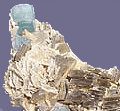

 Characteristics of the mineral.
Characteristics of the mineral.
Hexagonal crystal prisms. Blue variety of beryl. The name aquamarine originated from the Latin aqua marina - sea water, because the color of the stone reminds of warm tropical seas. Its name has received for coloring, which depends on the content of iron ions. Once the aquamarines were decorated with royal crowns, they were used as lenses for glasses (the first lenses date back to 1300). In the bright sun, they gradually turn pale and burn out to colorless. The color of aquamarine can be brighter with artificial or evening lighting. Aquamarines are very difficult to distinguish from blue topaz and quartz. Aquamarines can be obtained from low-value greenish beryl by heating them to 400-500 ° C, and it is extremely difficult to distinguish them from natural ones. Large aquamarine crystals were often used for carving and making various expensive hand-made articles of large sizes.
Aquamarines from different deposits differ in coloration - from sky blue to dark blue. Blue tones are characteristic of the crystals of the Urals and Transbaikalia, green-blue - crystals of the Ilmensky Mountains. Known are the findings of aquamarines in the pegmatites of Volyn (Ukraine). Excellent quality bluish-green and blue aquamarines are common in Brazil; Their production is about half of the world. They are also found in the Democratic Republic of Madagascar, Nigeria, Zimbabwe, in a number of US states, etc. Coloring of aquamarines is caused by isomorphic entry of iron ions Fe2 + and Fe3 + into the beryl structure. Sometimes there are very large crystals of aquamarine. In Brazil in the pc. Minas Gerais found one of the largest aquamarine "Maram Bayya" with a mass of 110 kg and a length of 48.5 cm. A large aquamarine weighing 82 kg was discovered in 1796 in the Eastern Transbaikalia.
As a rule, blue beryl crystals are clouded with thousands of cracks, their canals are clogged with liquid and gas bubbles, "healed" with quartz, thickets of fine mica or other late minerals. In addition to the characteristic for all beryl of gas-liquid inclusions, often located in thin channels (under the microscope they look like hexahedral ones), in the aquamarines there sometimes are solid inclusions of white color, called "chrysanthemums" and "snow signs", layers of small crystals, fine needle-like inclusions . All of them can serve as diagnostic signs. It is important that it is the ability of aquamarines to form unusually large crystals of jewelry quality that distinguishes them in the world of precious stones, where the account usually goes for carats. In jewelry it is difficult to distinguish faceted aquamarines from natural blue topaz, synthetic spinel and quartz, glass.
Beryls of an unusual deep sapphire blue were found in 1917 in the state of Minas Gerais in Brazil at the Maksix mine and were named aquamarines-maxiks (maxis, machine). This color is caused by radiation. However, the color of the crystals turned out to be unstable: under daylight, it either disintegrated or became yellow and rusty-brown. The same thing happens with irradiated aquamarines. The blue color of aquamarines is extremely unstable.
Magic properties of stones.
It is believed that aquamarine can tame the raging sea. It is a talisman of true love, preserving friendship and preserving justice. The talisman of people passionate and turbulent, as well as travelers and loving change of impressions. Amulet of sailors, protecting from troubles on the water and giving victory in battles. Aquamarine gives friendship, mutual understanding, prudence and eloquence. As an amulet - one of the best from spoilage, etc. Aquamarine brings the owner the opportunity to comprehend himself and reveal his mistakes, to comprehend secrets, to expose false friends and other deceptions. The stone is very useful to lazy people: it imperceptibly makes them intently-attentive and gives the desire to act.
In antiquity and in the Middle Ages, they considered the amulet of happy conjugal unions. In France, the newlyweds exchanged rings with aquamarine, believing that thanks to this their life will pass in mutual love and respect, because Aquamarine has the power to turn the thoughts of its owner to the one who gave it to his lover. The stone must be set in silver.
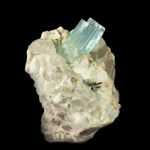
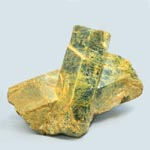

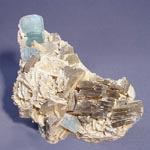
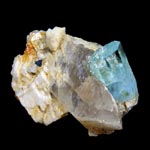
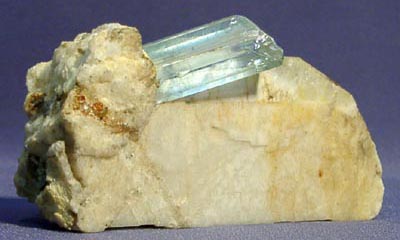


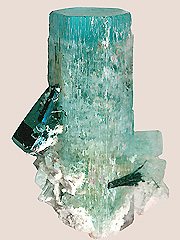
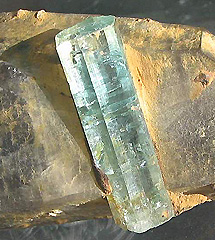
Poisonous and radioactive dangerous stones and minerals
** - poisonous stones and minerals (mandatory check in the chemical laboratory + explicit indication of toxicity).
** - radioactive stones and minerals (mandatory check on the standard dosimeter + ban on open sales in the case of radioactivity over 24 milli / g / h + additional measures of population protection).
All rare stones are subject to mandatory inspection at the standard dosimeter for the permissible level of radiation and in the chemical laboratory for the absence of poisonous and evaporating components that are dangerous to humans and the environment.


Comments
Commenting on, remember that the content and tone of your message can hurt the feelings of real people, show respect and tolerance to your interlocutors even if you do not share their opinion, your behavior in the conditions of freedom of expression and anonymity provided by the Internet, changes Not only virtual, but also the real world. All comments are hidden from the index, spam is controlled.